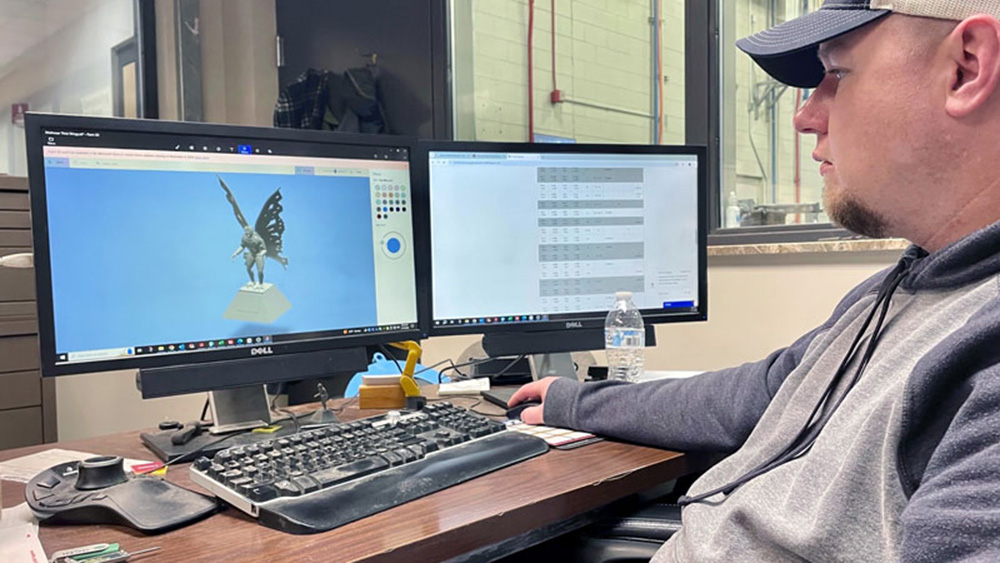Creaform
Onboarding was made easy with the HandySCAN BLACK|Elite and integrated Scan-to-CAD software module, thanks to intuitive handling and interfaces.
The Marshall Advanced Manufacturing Center (MAMC) is a leading-edge resource facility dedicated to driving innovation and advancing manufacturing technologies.
|
ADVERTISEMENT |
Operating from West Virginia facilities in Huntington, South Charleston, and Point Pleasant, the MAMC is at the heart of groundbreaking solutions such as 3D scanning, additive manufacturing, and rapid prototyping. Serving industries and individuals alike, the center leverages advanced technologies to provide exceptionally accurate 3D data for design, production, and preservation projects. The MAMC’s mission is focused on fostering growth, tackling complex manufacturing challenges, and pushing the boundaries of what’s possible.
The challenge: Conventional 3D measurement tech compromises innovation and efficiency
The MAMC team has always been driven by one goal: achieving the highest level of accuracy in every project, whether it’s fine-tuning a product’s design or creating prototypes for production.
…

Add new comment